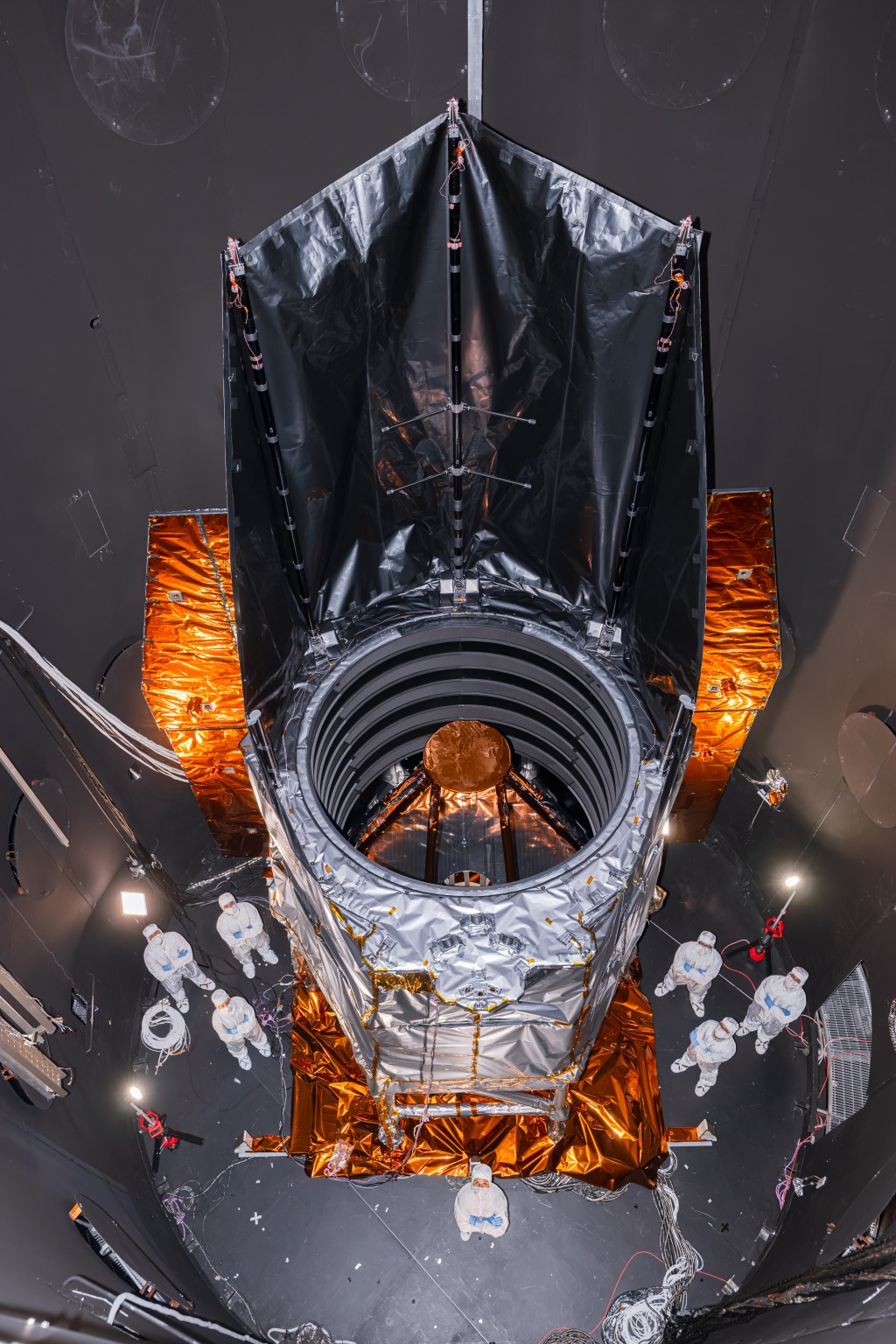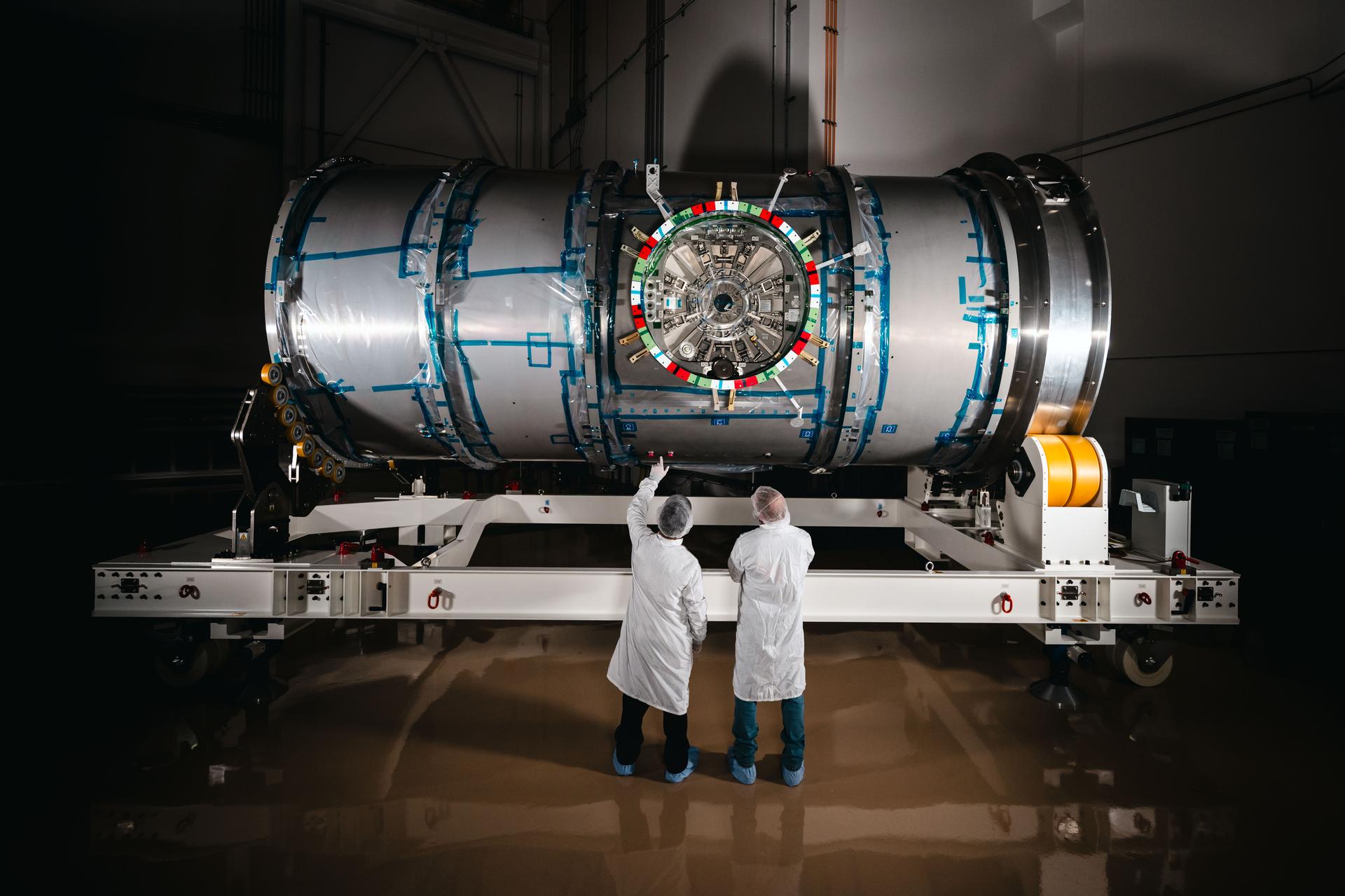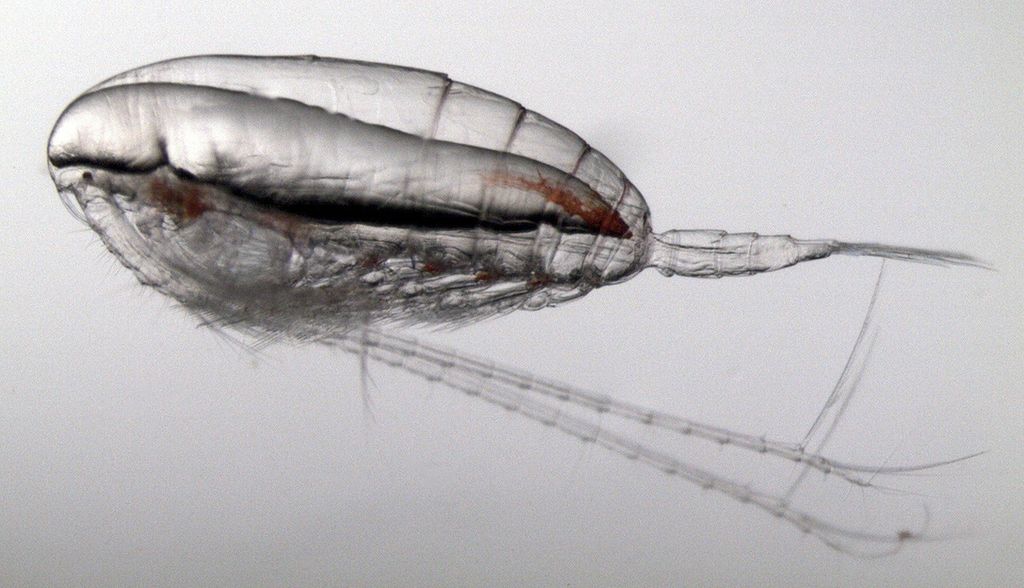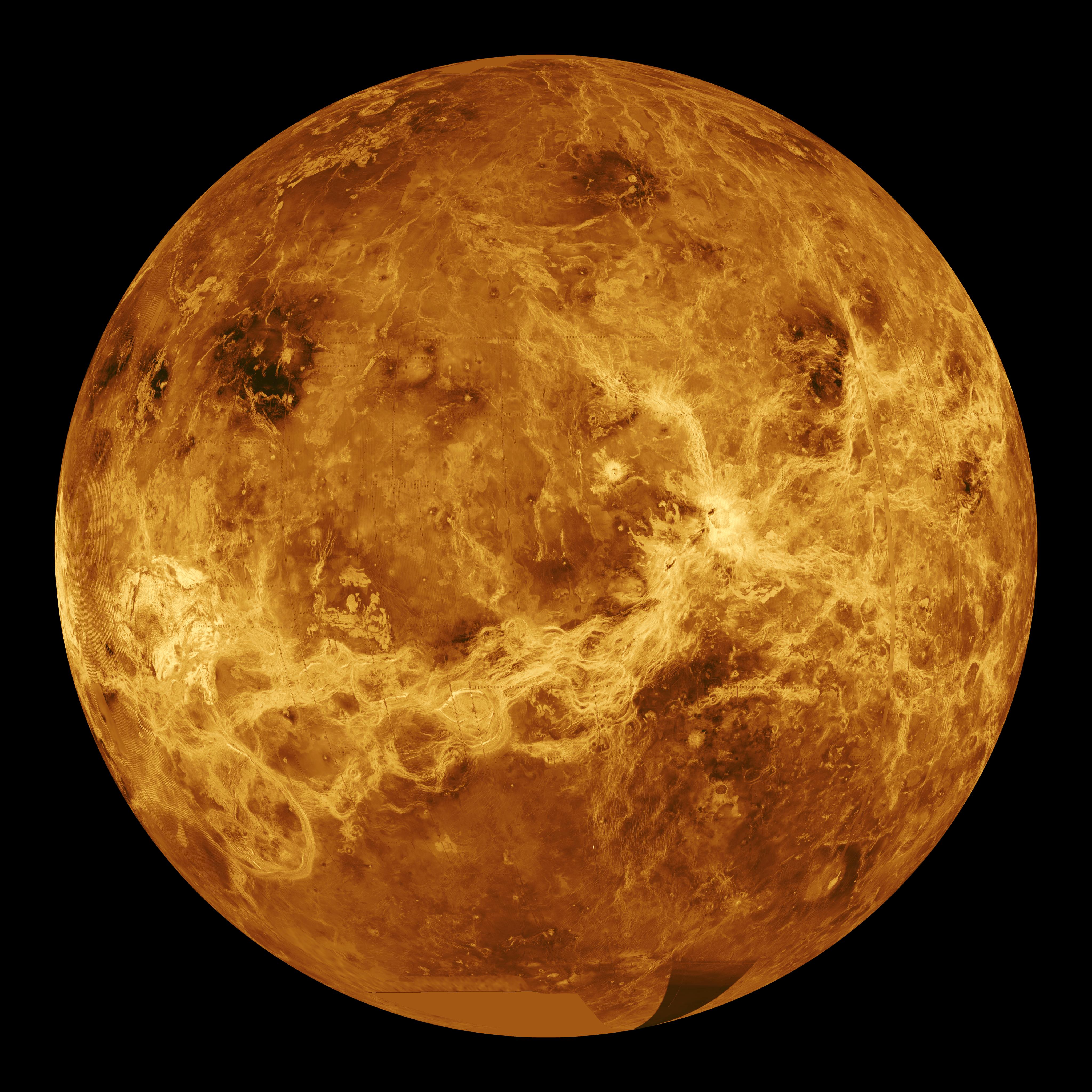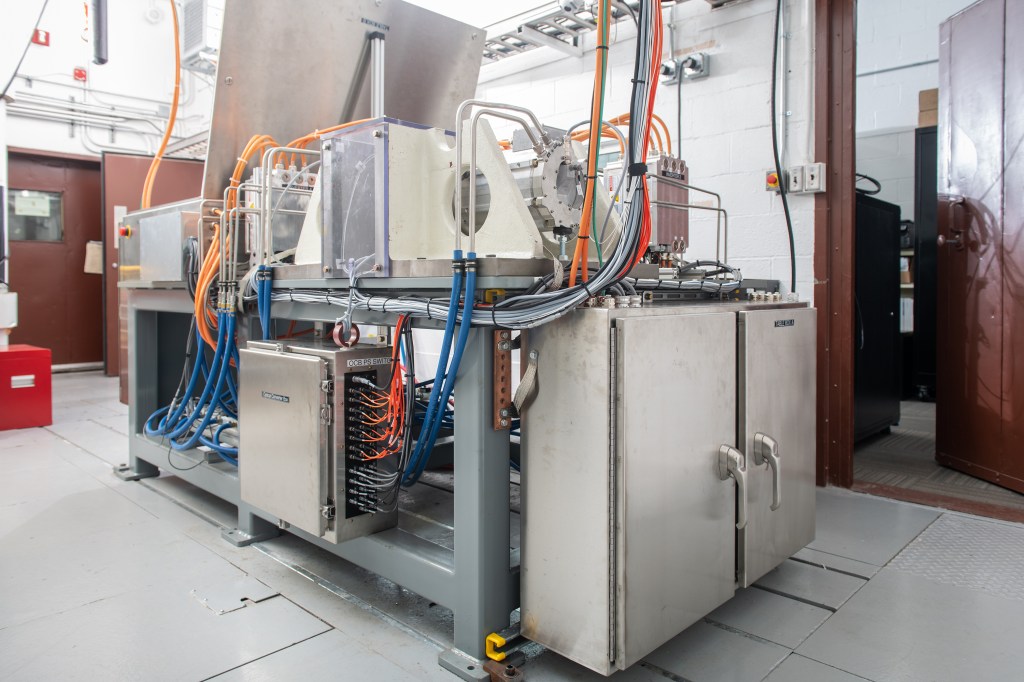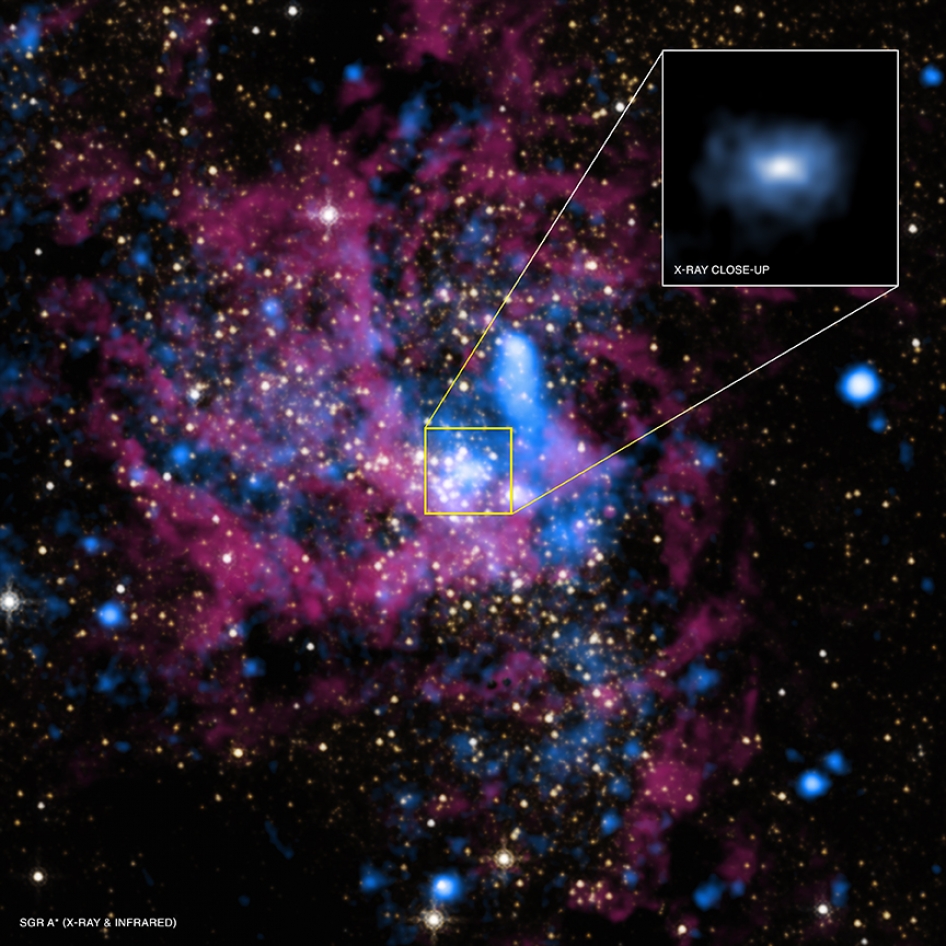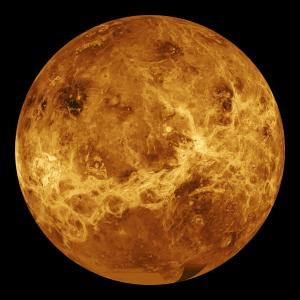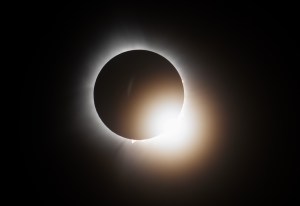The most recent spacecraft telemetry was acquired on Jan. 5 from the Deep Space Network tracking complex at Madrid, Spain. The Cassini spacecraft is in an excellent state of health and all subsystems are operating normally.
The most recent spacecraft telemetry was acquired on Jan. 5 from the Deep Space Network tracking complex at Madrid, Spain. The Cassini spacecraft is in an excellent state of health and all subsystems are operating normally. Information on the present position and speed of the Cassini spacecraft may be found on the "Present Position" page at: http://saturn.jpl.nasa.gov/operations/present-position.cfm .
Wednesday, Dec. 23 (DOY 357)
Real time commands sent to the spacecraft today included Cosmic Dust Analyzer (CDA) commands to increase the particle size threshold in preparation for the G and E ring crossings over Christmas, uplink of the DOY 359 Radio Science (RSS) Live Moveable Block, and spacecraft maintenance commands to clear a Solid State Power Switch (SSPS) trip.
Thanks to the accurate execution of Orbit Trim Maneuver (OTM) #228, accurate prediction of the bias delta-Vs, and a low delta-V cancellation penalty, cancellation has been proposed for OTM-229 due to execute on Dec. 24, Christmas Eve. Science Planning has analyzed the pointing differences for the trajectory modeled with and without the execution of OTM-229. Pointing differences are within acceptable margins although the errors are slightly lower with the execution of the maneuver, particularly for the RADAR observations at Titan closest approach. In neither case are they sufficiently large to argue for execution of the OTM. RADAR has agreed with this analysis so OTM-229 has been cancelled.
The Cassini imaging team has created a video collection of "mutual events," which occur when one moon passes in front of another, as seen from the spacecraft. Scientists use mutual event observations to refine their understanding of the dynamics of Saturn's moons. For the full text and the videos go to:
http://saturn.jpl.nasa.gov/news/newsreleases/newsrelease2009121723/ and /resources/10706 .
Thursday, Dec. 24 (DOY 358)
Today was the fifth anniversary of the release of the Huygens Probe from the Cassini Spacecraft. Three weeks later, the probe entered the atmosphere and landed on Titan.
Friday, Dec. 25 (DOY 359)
Today Radio Science (RSS) successfully completed the S56 orbit 123 Saturn atmospheric and rings occultation experiment. The experiment included ingress and egress ring occultations and an egress atmospheric occultation.
This was the first in a set of three especially designed Cassini orbits that capture optimized diametric ring occultations covering the full ring system from ansa-to-ansa. The optimized geometry is similar to that of another set implemented early in the prime mission in 2005. The difference is that the rings are nearly closed during the second set, while they were much more open during the first.
The ring-opening angle was 4.8 degrees compared with 20 to 23.5 degrees in 2005. The highly elongated path of the radio signals through the rings enhances sensitivity to tenuous ring material especially in the C ring and the Cassini Division, but causes the signals to become noise-limited in other dense ring regions such as most of the B ring, the opposite of the 2005 set. Thus, the two sets nicely complement one another. The multiple occultations provide a fair sampling of variations in profiles of various dynamical ring features with observation longitude. The nearly 4.5 years time difference between the two sets provided valuable information about potential variability of Saturn's equatorial winds and other atmospheric physical properties with time.
The main engine cover was closed today as a precautionary measure to avoid dust hazards. It will be reopened tomorrow to complete the 55th in-flight cycle of the cover.
Saturday, Dec. 26 (DOY 360)
Non-targeted flybys of Tethys and Prometheus occurred today along with an Imaging Science (ISS) ring propeller observation.
Sunday, Dec. 27 (DOY 361)
Today Cassini flew by Titan at an altitude of 955 km and a speed of 6 km/sec. Closest approach for Titan 64 occurred at 05:23 PM PST on Dec. 27 (Dec. 28 GMT), latitude 82 degrees N. During this flyby, RADAR got another view of the north polar lakes, providing an opportunity to measure changes in lake size and other lake characteristics. Other instruments utilized this opportunity to sample the high northern atmosphere as well as to look for possible seasonal changes.
The Ion and Neutral Mass Spectrometer (INMS) was prime on the inbound leg of T64, and riding with RADAR outbound. This nearly north polar flyby is critical when paired with T65, which will be nearly south polar. Scientists are eager to take advantage of the opportunity to view the north and south poles in close temporal proximity to compare the atmosphere and the surface topography. This flyby will also help study any seasonal variations that may have occurred in the north since the early part of the prime mission.
RADAR observations included altimetry and ride-along Synthetic Aperture Radar (SAR) with INMS inbound to Titan, SAR outbound, and altimetry and hi-altitude SAR over northern polar lakes to perform stereo and seasonal change detection. This was the only opportunity to collect north polar SAR data in the extended mission.
This flyby allowed the Visual and Infrared Mapping Spectrometer (VIMS) to acquire a mosaic of Titan between 160 and 300 deg longitude at a resolution of 20 km/pixel. VIMS also monitored for mid-latitude clouds and surveyed the evolution of the north polar hood.
The Composite Infrared Spectrometer (CIRS) obtained mid-northern latitude composition and temperature vertical profiles.
ISS acquired a full-disk mosaic of Adiri and rode along with VIMS to observe Adiri at higher resolution and to monitor clouds. ISS also monitored Titan to track clouds and their evolution for an extra day after the Titan encounter.
T64 was a north polar dusk flyby with a minimum altitude of 955 km. In normal upstream conditions, Cassini would explore the north lobe of Titan's magnetic tail, very close to the moon. Due to the location of the point of closest approach, it was potentially important regarding the detection of an intrinsic magnetic field, but not as good as T70 will be. With adequate pointing of Magnetospheric and Plasma Science (MAPS) instruments, Magnetometer data acquired during this flyby will be extremely helpful in the identification of escaping particles similar to those that could be seen in T63. If the upstream conditions are similar to T63, T64 will be extremely important to have an idea of the structure of Titan's magnetic tail in the dusk sector.
The Magnetospheric Imaging Instrument measured energetic ion and electron energy input to the atmosphere.
The Radio and Plasma Wave Science (RPWS) instrument measured thermal plasmas in Titan's ionosphere and surrounding environment, searched for lightning in Titan's atmosphere, and investigated the interaction of Titan with Saturn's magnetosphere. For more information link to: http://saturn.jpl.nasa.gov/mission/flybys/titan20091228/.
Tuesday, Dec. 29 (DOY 363)
Rain in Spain, specifically rain and snow over the DSN complex near Madrid, caused partial loss of the Titan 64 playback data on Dec. 28 and also during the repeated playback on Dec. 29. A memory readout (MRO) to confirm that the AACS safe table update occurred as planned was also lost. The MRO will be verified via real time command on Dec. 30. The Titan data that was lost is not recoverable.
Wednesday, Dec. 30 (DOY 364)
As development for OTM-230 gained momentum, it became apparent that it could be combined at a minimal cost of about 0.1 m/s of main engine propellant with OTM-231. Taking into consideration additional factors of late updates to the maneuver design, availability of personnel during the holiday period, and the weather at Madrid, it made good sense to proceed with the combined OTMs. So, OTM-230 has been cancelled.
A Cassini view of Saturn has made Time Magazine's 2009 'Year in Pictures.' The image, released in September and dubbed 'The Rite of Spring,' was a view of Saturn and the rings as the equinox crossing occurred. For the complete article link to: /resources/14661 .
Thursday, Dec. 31 (DOY 365)
Cassini Science at the conclusion of 2009 included MAPS observations of Titan’s clouds at low phase angles and at a closer distance than many previous opportunities, UVIS mapped volatiles in the system in the immediate neighborhood of Enceladus to test connections of volatile changes to plume eruptions, and CIRS measured oxygen compounds in Saturn’s stratosphere as a function of latitude and took data for a mid-IR temperature map of Saturn to determine upper troposphere and tropopause temperature with spatial resolution of about two degrees over multiple latitudes.
Friday, Jan. 1 (DOY 001)
The New Year began with a CIRS ring observation. This was followed by a VIMS calibration using the Pleiades, and ISS led a Titan eclipse observation with long exposures to search for auroras and lightning on Titan in eclipse.
Saturday, Jan. 2 (DOY 002)
On Jan. 2, the INMS replacement heater experienced a solid-state power switch (SSPS) trip. The fault protection response was to command the switch OFF then ON, and then power OFF the INMS instrument. This SSPS incident is the 28th such trip of these switches since launch and occurred six weeks after trip #27. Since the instrument was in a safe state and not currently involved in collecting high value science, it was decided to send reset commands next week.
Monday, Jan. 4 (DOY 004)
Orbit Trim Maneuver (OTM) #231 was performed today. This was the apoapsis maneuver setting up for the Titan 65 encounter on Jan. 12. The main engine burn began at 10:59 PM PST. Telemetry immediately after the maneuver showed a burn duration of 47.08 seconds, giving a delta-V of 8.046 m/s. All subsystems reported nominal performance after the maneuver.
Tuesday, Jan. 5 (DOY 005)
INMS has looked at the initial telemetry after the uplink of reset commands following the SSPS trip on Saturday. Initial turn-on has been confirmed and the flight software load has been reset. Everything looks good. The team will send an email tomorrow morning when the MRO data has been processed. Instrument activation will occur on Thursday.




